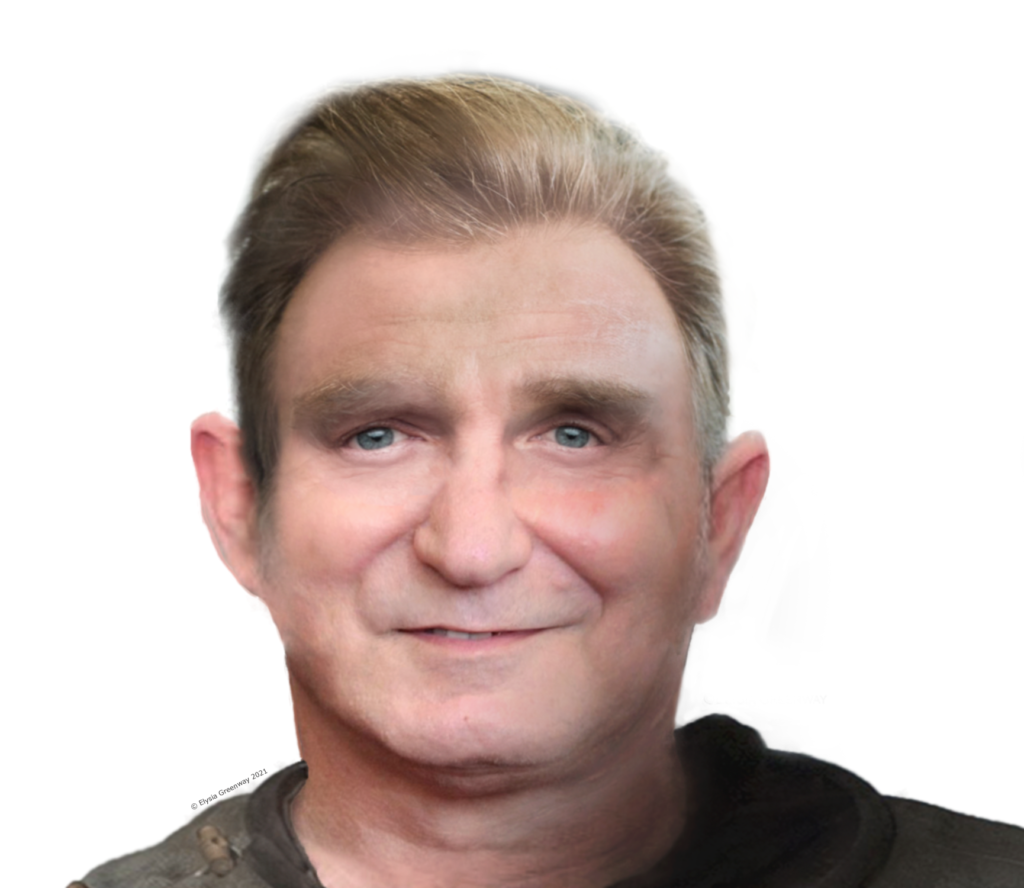
A first glimpse has been revealed of what people living in Leith up to 700 years ago might have looked like.
Forensic artists have used hi-tech software to reconstruct the faces of remains uncovered during the excavation of the medieval graveyard of South Leith, dating back to between the fourteenth and seventeenth centuries, as part of the Trams to Newhaven project in Edinburgh.
Working closely with GUARD Archaeology, postgraduate students from the University of Dundee, as part of an ongoing internship with the City of Edinburgh Council Archaeology Service, used special 3D scanners to build up digital versions of skulls discovered during GUARD Archaeology’s excavations outside South Leith Parish Church. These were the basis for lifelike representations created of the former residents, the first step in the analysis of bodies.
The first two pictures feature a man and woman both aged between 35 and 50. Early forensic analysis indicates that the woman may have suffered from nutritional deficiencies.

Excavations were carried out in summer 2020 outside South Leith Parish Church, Constitution Street, where previous investigations showed that in the medieval period the church’s graveyard extended across the road with graves surviving beneath the current road surface.
The team of GUARD Archaeologists, who were working to remove any human remains that could be affected by the tram works, exhumed more than 360 bodies, dating from between 1300 and 1650, as well as finding the apparent remnants of the original medieval graveyard wall.
The remains are now subject to examination and analysis that will reveal information on the origins, health, diseases and diet of the people of medieval Leith. This has involved partnership work with the University of Dundee, and Forensic Art postgraduate students, who have created facial reconstructions and have recorded vlogs for the Trams to Newhaven YouTube account, explaining their process.
